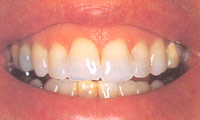If your teeth re stained are stained or discolored, chances are you've gone to some lengths to achieve a whiter, brighter smile. Perhaps you've experimented with the variety of toothpastes on the market today, many of which offer special ingredients guaranteed to give you not only a dazzling smile, but sex appeal as well! Maybe you've purchased some of the home bleaching kits sold in drugstores and supermarkets. Or, in an attempt to draw attention away from your teeth, you may have cultivated a year-round tan or accentuated your hairstyle or clothing.
There are basically three types of stains or discolorations surface stains, soft deposits, and stains that are actually part of the basic tooth structure.
Surface stains occur primarily between teeth and on the surfaces of crooked teeth. Typically dark brown, these stains are caused by strong discolorations agents such as coffee, tea and tobacco. These discolorations usually can be managed with daily oral hygiene combined with regular visits to your dentist for professional cleanings.
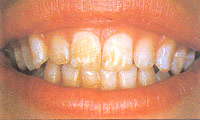
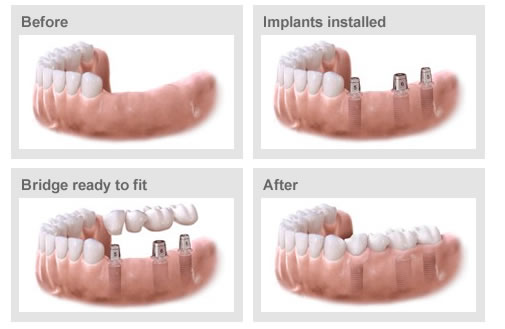
One type of surface stain, however, is not so easily removed. These stains actually get "trapped" in the tooth's structure because of microcracks, tiny fractures in the tooth's enamel usually caused by chewing on ice or other hard objects. Microcracks are so small that they generally go unnoticed until they become stained, often from food or tobacco. The solution requires a more aggressive treatment than professional cleanings alone, typically bleaching or bonding.
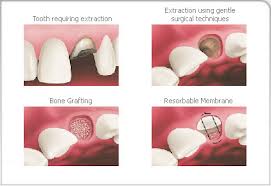

This 18-year-old student was unhappy with her darkly stained gray-brown teeth. Although it is usually more difficult to obtain a good result by bleaching teeth ofthis color, bleaching was nevertheless attempted.
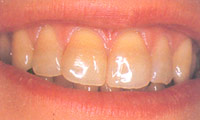
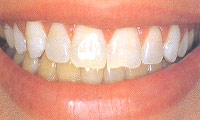
This 16-year-old had darkly stained teeth as a result of having taken the antibiotic tetracycline as a child. Such stains can result if the antibiotic is taken by the mother during the final six months of pregnancy and/or by the child up to eight years of age. The teeth remain perfectly healthy, but they become discolored. Notice the ribbon effect or band of darker color in the upper third of the teeth.
.jpg)
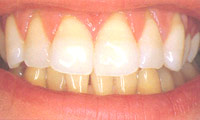
Bleaching "live" or vital teeth involves coating the outside of the teeth with a chemical solution-the oxidizing agent-and exposing them to heat and light for 20 to 30 minutes. First, however, the dentist usually isolates the teeth being treated with a thin rubber "dam," which protects the gums from discomfort and irritation.
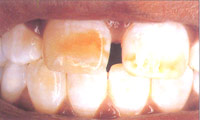
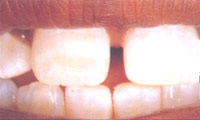
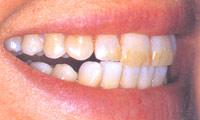
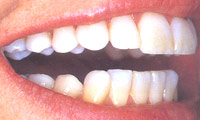
Teeth can be bleached even if their nerves have been removed as is the case with root canal therapy. In fact, such teeth-referred to by dentists as nonliving, nonvital, or pulpless teeth-are actually easier to bleach than vital teeth. One method of bleaching these teeth involves reopening the canal, which previously housed the nerve, placing a bleaching solution inside, and resealing the canal with a temporary filling. The bleaching process continues until the agent is removed and can be repeated until satisfactory lightening takes place. The process sometimes can be accelerated by the use of heat and/or light at the dental office.
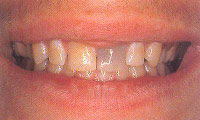
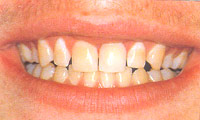
The teeth of this patient reveal a "ribbon effect" due to the patient having taken tetracycline during a short period in her early years.

